Andrews Sisters
The Andrew Sisters:
- LaVerne Sophia Andrews (contralto; 6 July 1911-8 May 1967)
- Maxene Angelyn Andrews (soprano; 3 January 1916-21 October 1995)
- Patricia Marie “Patty” Andrews (mezzo-soprano; lead; 16 February 1918-30 January 2013)
Andrews Sisters links, selected:
- The Andrews Sisters – official site
- Wikipedia
- Internet Movie Database (IMDb.com)
- The Big Bands Web Site (BigBands.org)
- AllMusic
See also these Songbook feature pages:
- The Andrews Sisters and Bing Crosby: selected hit recordings 1939-1951
- Bei Mir Bistu Shein / Bei Mir Bist Du Schön (Schoen): selected early recordings, 1937-1938
_____________________________
1938
Bei Mir Bistu Shein (Yiddish: בייַ מיר ביסט דו שיין, “To Me You’re Beautiful”) is a popular Yiddish song composed by Jacob Jacobs (lyricist) and Sholom Secunda (composer) for a Yiddish musical, I Would if I Could (in Yiddish, Men Ken Lebn Nor Men Lost Nisht, “you could live, but they won’t let you”) in 1932 that closed after one season. Secunda sold the publishing rights to the song for a mere US$30.
The original Yiddish version of the song (in C minor) is really a dialogue between two lovers who share lines of the song.
The song became famous with English lyrics but retaining the Yiddish title, Bei Mir Bistu Shein.
In 1937, Sammy Cahn heard a performance of the song, sung in Yiddish by African American performers Johnnie and George at the Apollo Theater in Harlem. On seeing the response, Cahn got his employer to buy the rights so he (together with Saul Chaplin) could rewrite the song with English language lyrics and rhythms more typical of swing music. He then convinced the still unknown Andrews Sisters to perform the song (recorded November 24, 1937). It became their first major hit, earning them a Gold Record, the first ever to a female vocal group. – Wikipedia extract
________
__________
_____________________
Tu-li-Tulip Time (Maria Grever and Raymond Leveen)
_______________
Nice Work if You Can Get It (George Gershwin, Ira Gershwin) written for the film A Damsel in Distress (1937)
__________________
1939
Hold Tight, Hold Tight (Leonard Kent, Edward Robinson, Jerry Brandow, Willie Spottswood, Leonard Ware) – with Jimmy Dorsey and his Orchestra
____________
__________________
Jumpin’ Jive (Cab Calloway, Frank Froeba, Jack Palmer) — released November 1939 as the B-side of Chico’s Love Song (Decca 2756)
_____________
1940
Beat Me Daddy, Eight to the Bar (Don Raye, Ray McKinley)
______________
1941
Boogie Woogie Bugle Boy (Don Raye, Hughie Prince)
From the 1941 Abbott and Costello film, Buck Privates.
_______________
From the Wikipedia profile:
Boogie Woogie Bugle Boy, a wartime radio song about a virtuoso trumpet player, was a major hit for the Andrews Sisters and an iconic World War II tune.
The song was written by Don Raye and Hughie Prince, and was recorded at Decca’s Hollywood studios on January 2, 1941, nearly a year before the United States entered World War II but after the start of a peacetime draft to expand the armed forces in anticipation of American involvement. The flipside was “Bounce Me Brother With a Solid Four”. The Andrews Sisters introduced the song in the 1941 Abbott and Costello film Buck Privates, which was in production when they made the record. “Boogie Woogie Bugle Boy” was nominated for an Academy Award for […].
It is closely based on an earlier Raye-Prince hit, Beat Me Daddy, Eight to the Bar, which is about a virtuoso boogie-woogie piano player.
_________________
1945
Rum and Coca-Cola (see article below for writing credits)
Lord Invader (Rupert Grant)
______________
Andrews Sisters
______________
Song history and profile from Wikipedia:
Rum and Coca-Cola is the title of a popular calypso. Originally composed by Lord Invader and Lionel Belasco, it was copyrighted in the United States by entertainer Morey Amsterdam and became a huge hit in 1945 for the Andrews Sisters, spending ten weeks at the top of Billboard’s U.S. Pop Singles chart.
Although the song was published in the United States with Amsterdam listed as the lyricist and Jeri Sullavan and Paul Baron as musical composers, the melody had been previously published as the work of Trinidadian calypso composer Lionel Belasco on a song titled “L’Année Passée,” which was in turn based on a folksong from Martinique. The original lyrics to “Rum and Coca-Cola” were written by Rupert Grant, another calypso musician from Trinidad who went by the stage name of Lord Invader. (The true credits for music and lyrics were restored in a plagiarism lawsuit won by famous attorney Louis Nizer, the account of which can be read in his book, “My Life in Court.”)
According to Lord Invader, “Calypso is the folklore of Trinidad, a style of poetry, telling about current events in song. Back home in the West Indies, Trinidad, where I’m from, it’s a small island, I’m proud of it. I was traveling on a bus, someplace they call Point Cumana, a bathing resort, and I happened to see the G.I.s in the American social invasion in the West Indies, Trinidad. You know the girls used to get the candies and stuff like that, and they go to the canteens with the boys and so on, have fun. So I noticed since the G.I.s came over there, they really generally chase with soda, ordinary soda, but their chaser was Rum and Coke. They drink rum, and they like Coca-Cola as a chaser, so I studied that as an idea of a song, and Morey Amsterdam had the nerve to say that he composed that song back here.”[4]
The song became a local hit and was at the peak of its popularity when Amsterdam visited the island in September 1943 as part of a U.S.O. tour. Although he subsequently claimed never to have heard the song during the month he spent on the island, the lyrics to his version are clearly based on the Lord Invader version, with the music and chorus being virtually identical. However, Amsterdam’s version strips the song of its social commentary. The Lord Invader version laments that U.S. soldiers are debauching local women, who “saw that the Yankees treat them nice / and they give them a better price.” Its final stanza describes a newlywed couple whose marriage is ruined when “the bride run away with a soldier lad / and the stupid husband went staring mad.” The Amsterdam version also hints that women are prostituting themselves, preserving the Lord Invader chorus which says, “Both mother and daughter / Working for the Yankee dollar.”
1952
In the Mood (Garland, Razaf) – see the article below for discussion of the credits and additional song history.
(audio cut short)
_____________
From Wikipedia article on “In the Mood“:
The song, a twelve-bar blues, was composed by Joe Garland and Andy Razaf, and arranged by Eddie Durham. The main theme previously appeared under the title of Tar Paper Stomp, credited to jazz trumpeter/bandleader Wingy Manone, who recorded it several times in 1929 and 1930. A story says that after In the Mood became a hit, Manone was paid by Miller and his record company not to contest the copyright.
*Since I published the above excerpt from Wikipedia it has been modified. Now it only says Manone recorded the song in 1930 (not in 1929 or “several times”) just months ahead of the recording by Horace Henderson.
See my page:
_______________










































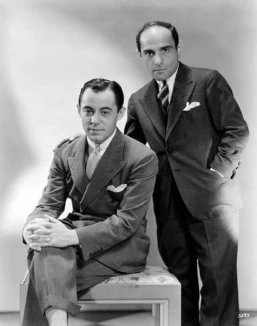

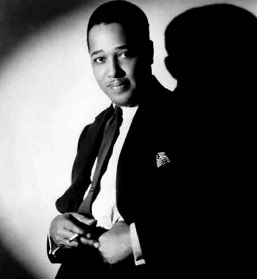


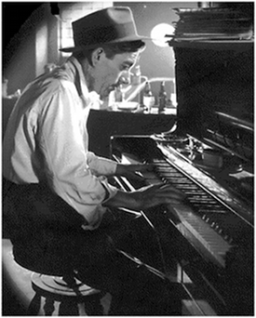
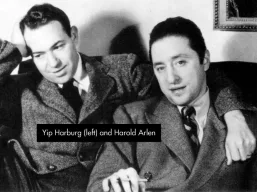




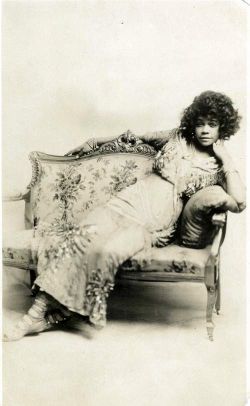










Sep 26, 2011 @ 18:34:21
Did the sisters ever sing and record Harbor Lights?
LikeLike
Sep 26, 2011 @ 19:45:09
Anon, I don’t think so. Though it was published in 1937, the song really took off in 1950 when there were five different hit versions on the charts. Sammy Kaye and his Orchestra recorded the best-selling cover, reaching #1 (two weeks on “Best Sellers in Stores,” and four weeks on “Most Played in Jukeboxes”) and staying on the charts for 25 weeks.
LikeLike